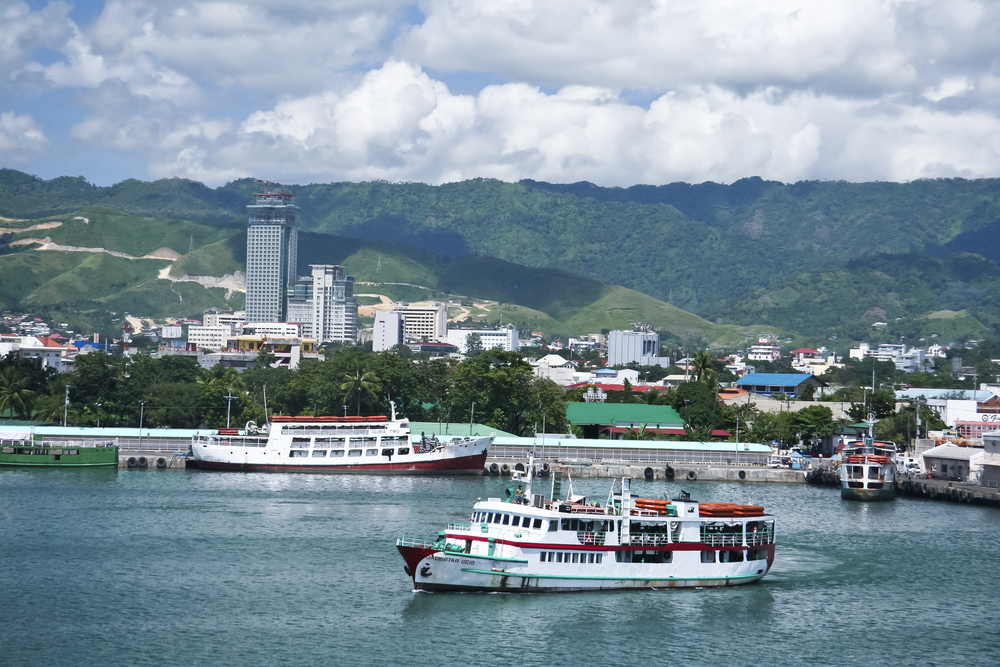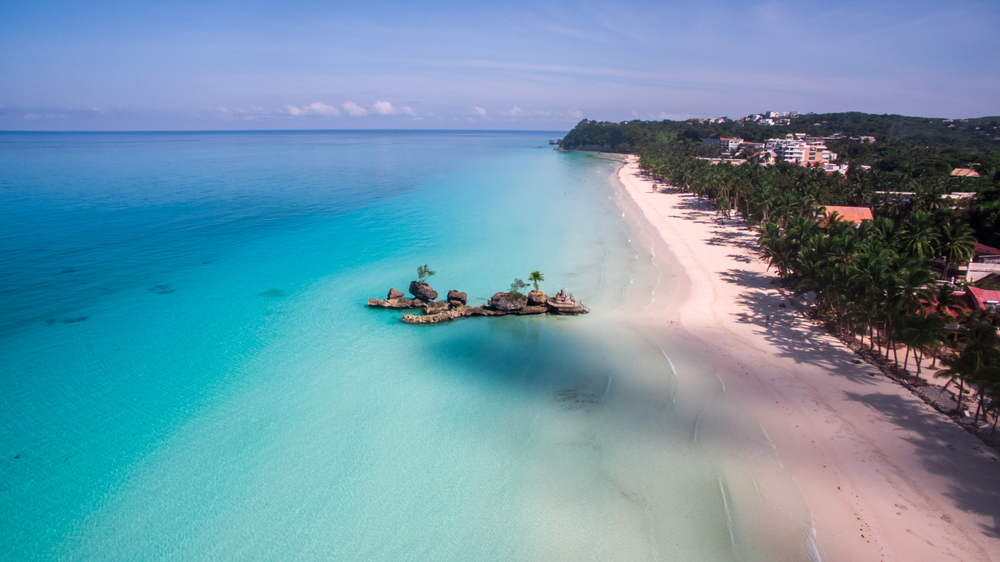PH aims to find a ‘sweet spot’ for its cruise tourism
Contributors are not employed, compensated or governed by TDM, opinions and statements are from the contributor directly

The Philippines is proving to be an up and coming tourist destination for cruise ships but it aims to find the balance between revenue and headcount.
Thanks to its archipelagic geography and diverse culture in every region, the Philippines offer a great stopover for passengers.
According to Benito Bengzon of Department of Tourism, “As in the case of general tourism in the country, what we want to do is find that sweet spot to achieve that optimum mix between headcount and revenue. So in that matter, we all know that the revenue per head per capita of passengers of expedition ships is higher than that of the bigger ships. But we need bigger ships for the numbers. So what we want is to have that optimum balance.”
While the big cruise ships bring the numbers with thousands of passengers, expedition cruises offer a low-density, high-value kind of experience as these ships normally carry about 600 to 700 passengers. Expedition ships have greater flexibility because of its smaller size allowing it to go to smaller and more remote islands in the country.
Cruise tourism

Due to the increasing port of calls in the country, the Philippines is aiming to develop its cruise tourism product with the implementation of the National Cruise Development Strategy (NCTDS). The country aims to have 656,635 cruise passengers from 300 ports of calls by the end of 2022.
The Southeast Asian country also aims to construct and develop a cruise-dedicated port in Manila and in other priority ports in the country to harness the potential of cruise tourism as an emerging tourism product and vital engine for tourism growth.
In Manila, the country wants a cruise port that will make major tourist attractions accessible and will feature a seafood market and other Philippine products.
Sustainability problems?

While cruise tourism offers a host of benefits, it also poses a threat to the sustainability of the country’s island destinations.
“Cruise tourism will alter the magnitude of sustainability challenges to our frail archipelagic geography. The government, led by DOT, must consider not just the marketing aspect of attracting these tourists. Sustainable operations will be key,” Fernando Roxas, executive director of the Asian Institute of Management Andrew Tan Center for Tourism, said in a previous interview.
Meanwhile, the Philippines has been actively promoting sustainable tourism since the rehabilitation of Boracay and the ongoing rehabilitation of Manila Bay.


Comments are closed.